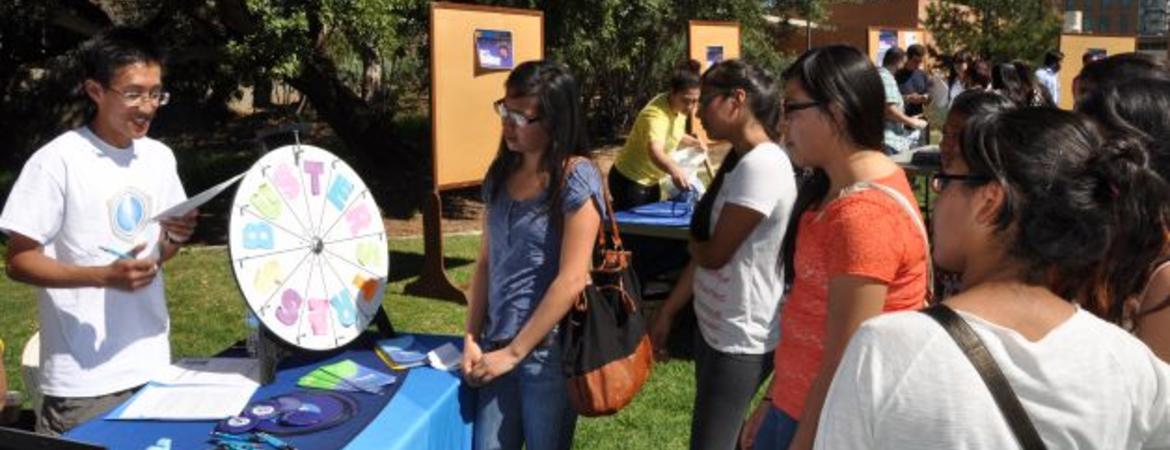
RIVERSIDE, Calif. — The human brain is a complex organ containing billions of neurons and capable of storing a lifetime of memories. So used to our brains are we that one is hardly pressed to pay attention to its intricate workings on a minute-by-minute basis.
That may change, at least on Wednesday, March 12, from 11 a.m. to 2 p.m., when the University of California, Riverside will mark Brain Awareness Day. The free event, which will take place in the Highlander Union Building, Room 302, is intended to help the inland Southern California community of all ages understand how the brain works.

NIH image of human brain.
A part of Brain Awareness Week, the event will feature a ‘brain bazaar’ from 11 a.m. to 1 p.m., involving research by graduate students, demos that explain the brain’s intricate workings, and information on the brain that the public can take home. As a bonus, visitors will be offered free burritos for lunch.
“Brain Awareness Week is a global campaign to increase public awareness of the progress and benefits of brain research,” said Margarita Curras-Collazo, an associate professor of neuroscience and one of the faculty organizers of Brain Awareness Day. “We, the neuroscience community at UC Riverside, which includes faculty, graduate and undergraduate students, postdoctoral scientists and staff, would like to do our part to promote this awareness to our neighbors.”
Last year’s event attracted nearly 600 people from all walks of life.
“Brain Awareness Day is part community outreach — it is open to the public and we have invited local sixth graders and ninth graders,” said Zoe Thompson, the outreach coordinator of the Neuroscience Graduate Student Association, which has planned the event. “It is also part on-campus outreach — reaching out to undergraduates, graduate students and faculty in other departments who might want to collaborate or would like to know what we are doing.”
Activities planned this year include: the ability to get an electroencephalogram from a wireless EEG machine (an EEG records the electrical activity in the brain resulting from the firing of neurons); and a SpikerBox, which can record neurons firing in invertebrates using a provided electrode and a smartphone.
“We will have sheep brains, a cow heart, and some creatures — planaria, anemones, a scorpion and crayfish — that show the progressive complexity of the nervous system,” Thompson said.
A number of booths will be set up to showcase different aspects of the brain. For example, in one booth visitors will understand how they can optimize napping to improve memory. In yet another booth, researchers will explain how a species of parasitoid wasps is able to take over the central nervous system of cockroaches. Yet another booth will demonstrate how the brain localizes sounds. Graduate students from the Neuroscience Graduate Program and Psychology Department will present posters of their research.
Three faculty members will give 20-minute talks starting at 1 p.m. They are: Peter Hickmott, who works on cortical plasticity; Anupama Dahanukar, who works on molecular and genetic analysis of the fruit fly gustatory (taste) system; and Aaron Seitz, who works on visual processing and learning.
The event is funded by the Department of Cell Biology & Neuroscience, the Neuroscience Graduate Program, the Psychology Department, the Office of the Chancellor, the Graduate Division, the Center for Glial-Neuronal Interactions/School of Medicine, and the Graduate Student Association.